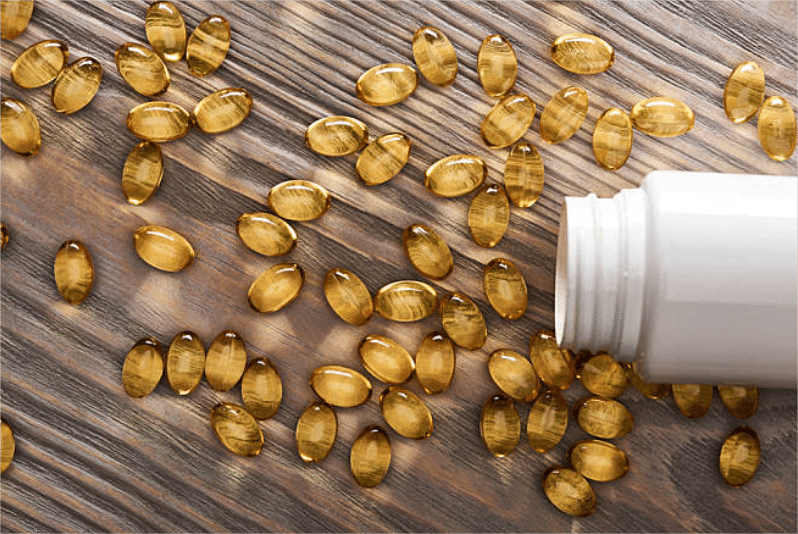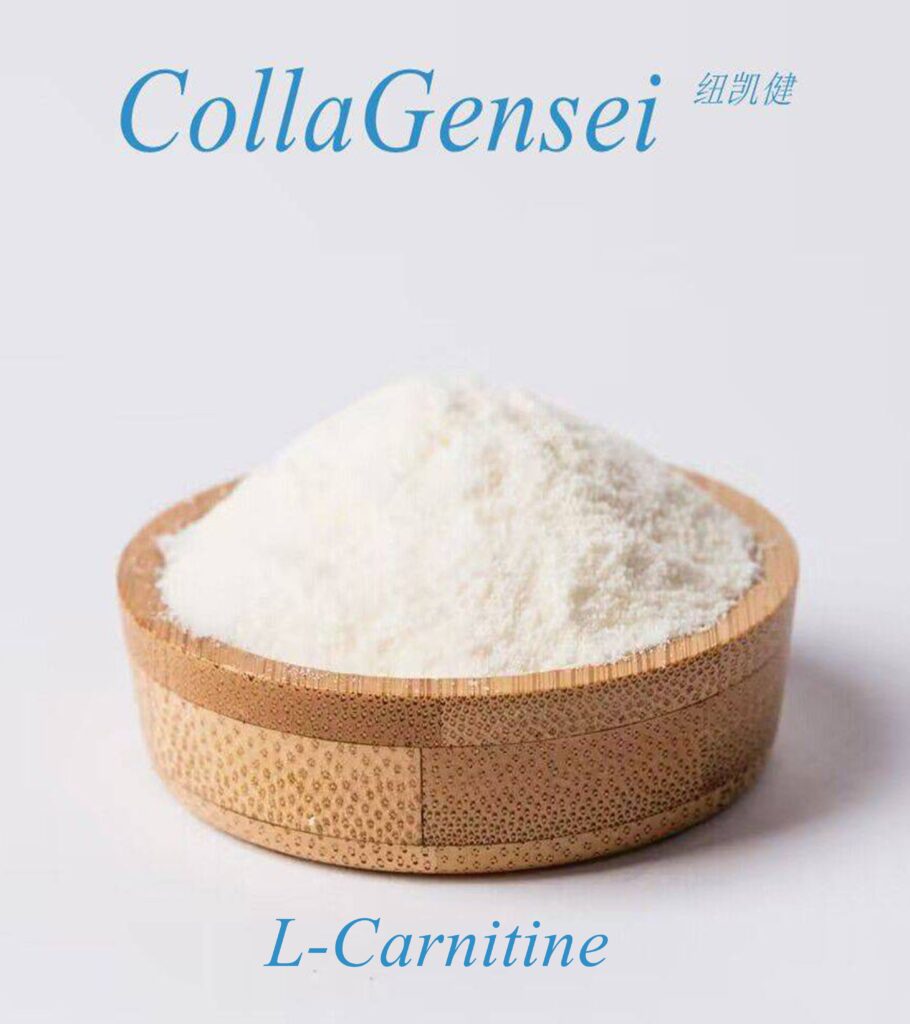In the realm of dietary supplements, glucosamine and silkworm pupa protein peptide have gained attention for their potential health benefits, particularly in supporting joint health. While both are commonly used to alleviate joint pain and improve mobility, they differ significantly in their composition, mechanisms of action, and overall benefits. This article will explore and compare glucosamine and silkworm pupa protein peptide, providing insights into their unique characteristics and helping you decide which might be the best fit for your health goals.
What is Glucosamine?
Glucosamine is a naturally occurring compound in the body, particularly in cartilage, where it plays a crucial role in maintaining joint health. It is classified as an amino sugar and is often sourced from shellfish or synthesized in laboratories. As a supplement, glucosamine is widely used to manage osteoarthritis and other degenerative joint conditions.
Benefits of Glucosamine
- Pain Relief: Numerous studies suggest that glucosamine can help reduce joint pain, particularly in individuals with osteoarthritis. It is often compared to non-steroidal anti-inflammatory drugs (NSAIDs) for its effectiveness in managing pain.
- Improved Joint Mobility: Regular use of glucosamine may enhance joint flexibility and overall mobility, making daily activities easier for those with joint issues.
- Cartilage Support: Glucosamine is believed to support cartilage maintenance and repair, potentially slowing the progression of joint degeneration.
- Anti-Inflammatory Properties: Some research indicates that glucosamine possesses anti-inflammatory effects, helping to reduce inflammation in the joints.
What is Silkworm Pupa Protein Peptide?
Silkworm pupa protein peptide is derived from the pupae of silkworms, primarily the Bombyx mori species. These peptides are rich in essential amino acids, including glycine, proline, and hydroxyproline, which are vital for collagen synthesis and overall health. Silkworm pupa protein has gained popularity as a supplement for its potential health benefits, including support for skin, hair, and joint health.
Benefits of Silkworm Pupa Protein Peptide
- Joint Health Support: Silkworm pupa protein peptides are thought to contribute to joint health by providing the necessary amino acids for collagen production and repair of cartilage.
- Anti-Aging Effects: The amino acids in silkworm pupa protein may help improve skin elasticity and hydration, making it beneficial for overall skin health and appearance.
- Muscle Recovery: Some studies suggest that the protein peptides can support muscle recovery and reduce fatigue, making them popular among athletes and fitness enthusiasts.
- Immune Support: Silkworm pupa protein may also have immunomodulatory effects, potentially boosting the immune system.
Mechanism of Action
While glucosamine and silkworm pupa protein peptide both aim to support joint health, their mechanisms of action differ:
– Glucosamine: Glucosamine is thought to stimulate the production of glycosaminoglycans (GAGs), essential components of cartilage. By promoting GAG synthesis, glucosamine may help maintain cartilage integrity and repair. Additionally, it may inhibit the enzymes that break down cartilage, slowing the progression of joint degeneration.
– Silkworm Pupa Protein Peptide: Silkworm pupa protein peptides provide the body with essential amino acids needed for collagen synthesis. When ingested, these peptides are absorbed and distributed to various tissues, supporting the regeneration of cartilage and connective tissues. This process can enhance joint health and improve overall musculoskeletal function.
Sources and Dosage
– Glucosamine: Glucosamine supplements are commonly available in various forms, including glucosamine sulfate, glucosamine hydrochloride, and N-acetyl-glucosamine. The standard recommended dosage for glucosamine sulfate is around 1,500 mg per day, often taken in divided doses.
– Silkworm Pupa Protein Peptide: Silkworm pupa protein supplements come in various forms, including powders and capsules. The recommended dosage can vary, but it typically ranges from 5 to 10 grams per day for optimal results.
Side Effects and Safety
Both glucosamine and silkworm pupa protein peptide are generally considered safe for most individuals, though some side effects may occur:
– Glucosamine: Common side effects include gastrointestinal discomfort, nausea, diarrhea, and headaches. People with shellfish allergies should avoid glucosamine sourced from shellfish.
– Silkworm Pupa Protein Peptide: Silkworm pupa protein is generally well-tolerated, but individuals with allergies to insects or seafood should exercise caution. Mild digestive upset may occur in some cases.
Choosing Between Glucosamine and Silkworm Pupa Protein Peptide
When considering whether to use glucosamine or silkworm pupa protein peptide, several factors may influence your decision:
- Joint Condition: If you are specifically dealing with osteoarthritis or joint pain, glucosamine might provide more targeted relief. However, if you seek broader benefits, including skin health and muscle recovery, silkworm pupa protein peptides may be a better choice.
- Dietary Preferences: Glucosamine derived from shellfish may not be suitable for those with shellfish allergies, while silkworm pupa protein is unsuitable for those allergic to insects. Always consider your allergies when choosing supplements.
- Combination Use: Some individuals find that using both glucosamine and silkworm pupa protein peptides together can enhance overall health benefits, supporting both joint health and skin health effectively.
- Consultation with Healthcare Provider: As with any supplement, it’s advisable to consult with a healthcare provider, especially if you have pre-existing health conditions or are taking medications.
Research and Evidence
Both glucosamine and silkworm pupa protein peptides have been the subjects of various studies:
– Glucosamine Studies: Research published in The Journal of Rheumatology and The New England Journal of Medicine indicates that glucosamine can effectively alleviate pain and improve joint function in individuals with osteoarthritis.
– Silkworm Pupa Protein Studies: Limited studies have demonstrated the potential benefits of silkworm pupa protein in enhancing collagen synthesis and improving skin elasticity. However, more research is needed to fully establish its effectiveness for joint health.
Conclusion
In summary, both glucosamine and silkworm pupa protein peptide offer unique benefits for joint health and overall wellness. Glucosamine is a well-studied supplement recognized for its ability to relieve pain and support cartilage maintenance, while silkworm pupa protein peptides provide essential amino acids that may enhance collagen production and contribute to skin and joint health.



